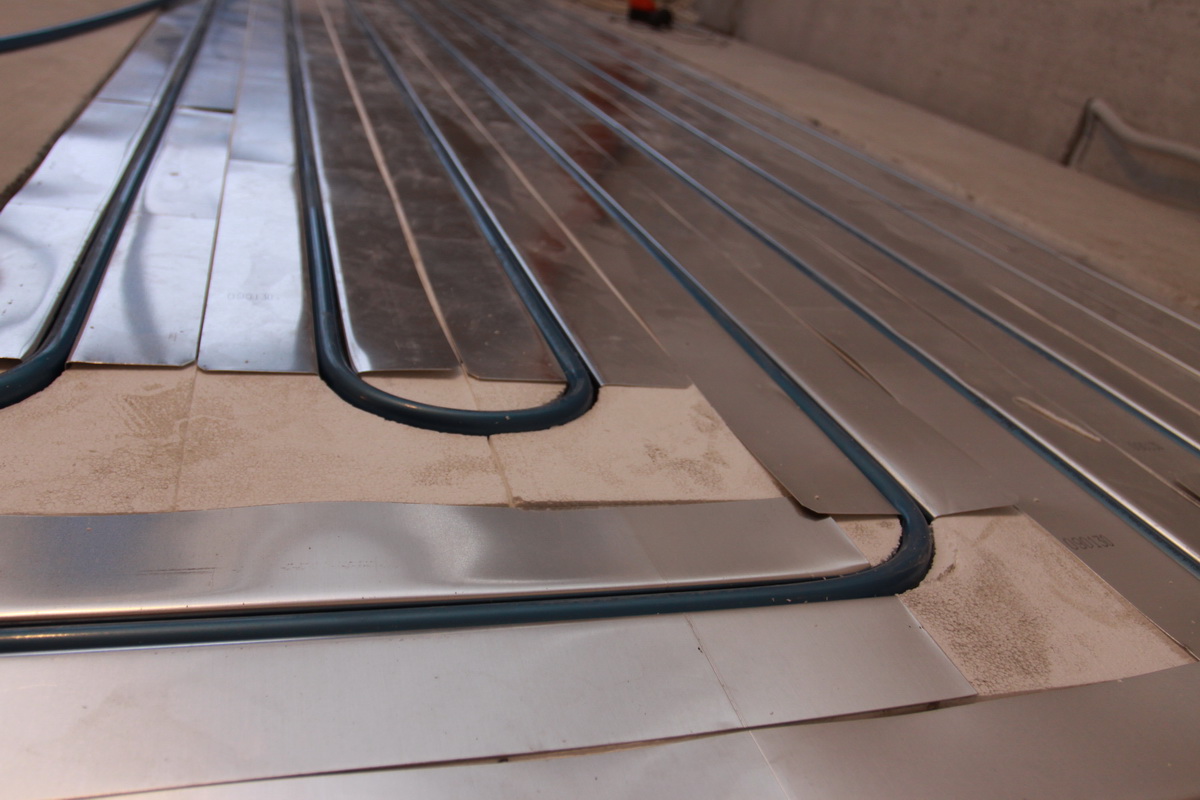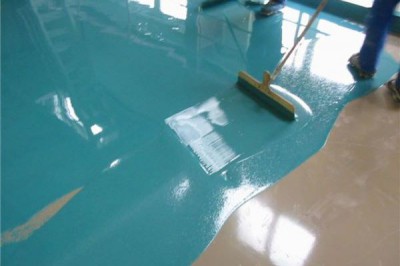The device of a bulk floor from an epoxy mixture on a wooden base
Good afternoon!
Can I pour epoxy onto the boards? Will they rot with time under it? And won't mold go? I do not want to put epoxy on the concrete floor. What will be the insulation (I live on the 4th floor)?
Vladislav
Expert Answer
Good afternoon, Vladislav.
If you want to arrange the bulk floor on a wooden base, then the epoxy mixture you have chosen is the best option for this. Nevertheless, it is recommended to start such work only if two basic conditions are met:
- Full confidence that the floor in use is dry. As a rule, the wooden floors of the old housing stock have no problems with this. If you live in such a house, then, most likely, the boards are laid on logs with a height of about 10 cm and are well preserved - this was facilitated by good ventilation.
- The wooden floor should be truly monolithic, since with further operation the shaky base will contribute to cracking of the upper layer.
And if you can try to fight the latter, the first can be eliminated only by radical measures - a complete overhaul of the floor with the arrangement of high-quality waterproofing. In addition, the slope of the floor must be checked with a hydraulic or laser level. With a significant deviation from the horizontal, the epoxy layer may exceed the maximum thickness that the manufacturer has established. In this case, it will be necessary to fill in several stages.
Finally, I would like to recall the technology of a bulk floor made of composite materials, which is equipped on a wooden base. First of all, remove the skirting boards, clean the surface of old paint and level it. The latter will require the use of an electric planer, grinder or looper, etc. To avoid damage to the cutting parts of the power tool, it is imperative to immerse the hats of nails in the wood that secure the plank floor to the logs. To do this, you can use a metal beard of suitable diameter and a heavy hammer. In addition, before cycling, it is imperative to check the stability of each board and, if necessary, additionally fix it with self-tapping screws (they should also be drowned as deep as possible).
After leveling the floor, the gaps between the old boards must be putty, otherwise the epoxy mixture will leak through the cracks. A good result is given by filling the gaps with foam. Of course, after setting it should be cut flush with the prepared surface. The last stage of the preparatory work is the primer. It is best to use materials recommended by the manufacturer - this will not give reason to doubt that the adhesion strength will be insufficient. After carefully completing the preparatory measures, you can proceed to fasten the reinforcement mesh (for this you can use the construction stapler) and pour the bulk floor.
As for your question about thermal insulation, there is no reason to doubt it. The thickness of the floorboard will be enough so that the heat does not go into the concrete floor. It remains only to remind you that not every epoxy mixture is suitable for pouring. Use only those formulations on the packaging of which there is information that they are suitable for application on boards, parquet, plywood, chipboard, OSB, etc.



